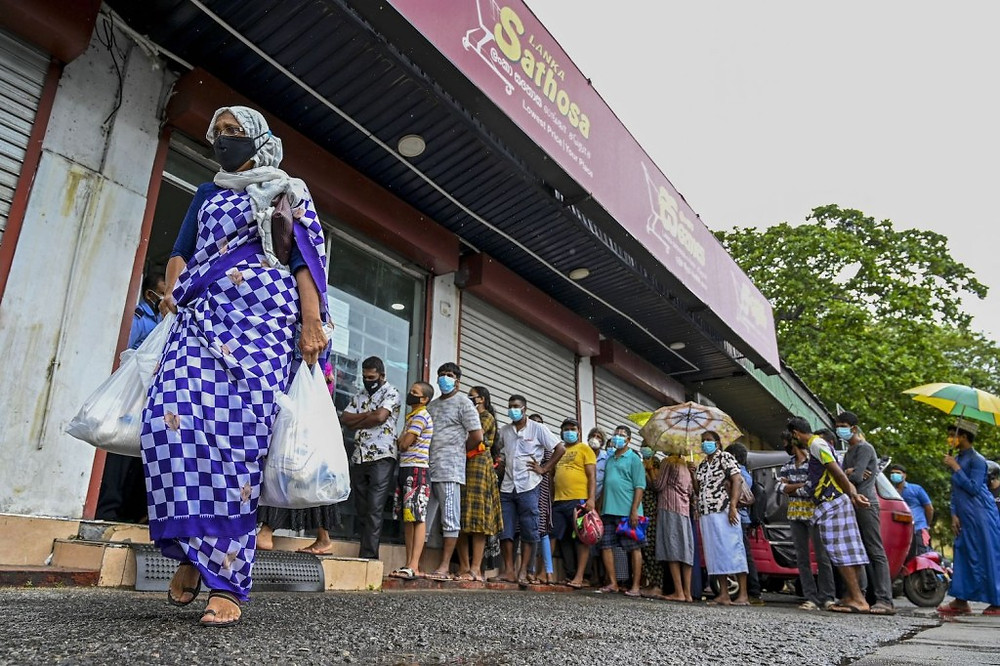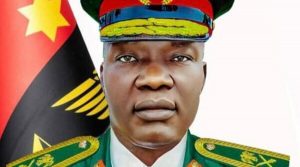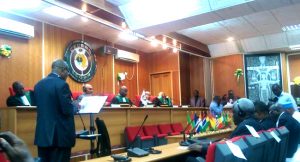What you need to know about Sri Lanka’s economic crisis

Driving the discontent is the worst economic downturn since the South Asian country gained independence in 1948, with crippling inflation sending the cost of basic goods skyrocketing.Anger, which has been Facing a massive deficit, President Gotabaya Rajapaksa slashed taxes in a doomed attempt to stimulate the economy.But the move backfired, instead hitting government revenue. That prompted rating agencies to downgrade Sri Lanka to near default levels, meaning the country lost access to overseas markets.Sri Lanka then had to fall back on its foreign exchange reserves to pay off government debt, shrinking its reserves from $6.9 billion in 2018 to $2.2 billion this year. This impacted imports of fuel and other essentials, which sent prices soaring. Topping all that, the government in March floated the Sri Lankan rupee — meaning its price was determined based on the demand and supply of foreign exchange markets.That move appeared aimed at devaluing the currency to qualify for a loan from the International Monetary Fund (IMF) and encourage remittances. However, the plunging of the rupee against the US dollar only made things worse for ordinary Sri Lankans.What does this mean for people on the ground?For Sri Lankans, the crisis has turned their daily lives into an endless cycle of waiting in lines for basic goods, many of which are being rationed.In recent weeks, shops have been forced to close because they can’t run fridges, air conditioners or fans. Soldiers are stationed at gas stations to calm customers, who line up for hours in the searing heat to fill their tanks. Some people have even died waiting.One mother in the capital, Colombo, told CNN she was waiting for propane gas so that she could cook meals for her family. Others say the cost of bread has more than doubled, while auto rickshaw and taxi drivers say the fuel rations are too meager to make a living. Some are caught in an impossible position — they have to work to feed their families, but must also queue for supplies. One street sweeper with two young sons told CNN she quietly slips away from work to join lines for food, before hurrying back.Even members of the middle class with savings are frustrated, fearing they could run out of essentials like medicine or gas. And life is made more difficult by frequent power cuts that plunge Colombo into darkness, sometimes for more than 10 hours at a time.What’s next?Sri Lanka is now seeking financial support from the IMF and turning to regional powers that may be able to help.During last month’s address, President Rajapaksa said he had weighed the pros and cons of working with the IMF and had decided to pursue a bailout from the Washington-based institution — something his government had been reluctant to do.Sri Lanka has also requested help from China and India, with New Delhi already issuing a credit line of $1 billion in March — but some analysts warned that this assistance might just prolong the crisis rather than solve it.There is still much uncertainty around what comes next; national consumer price inflation has almost tripled, from 6.2% in September to 17.5% in February, according to the country’s central bank. And Sri Lanka has to repay about $4 billion in debt over the rest of this year, including a $1 billion international sovereign bond that matures in July.CNN’s Julia Hollingsworth, Rukshana Rizwie and Iqbal Athas contributed reporting.







